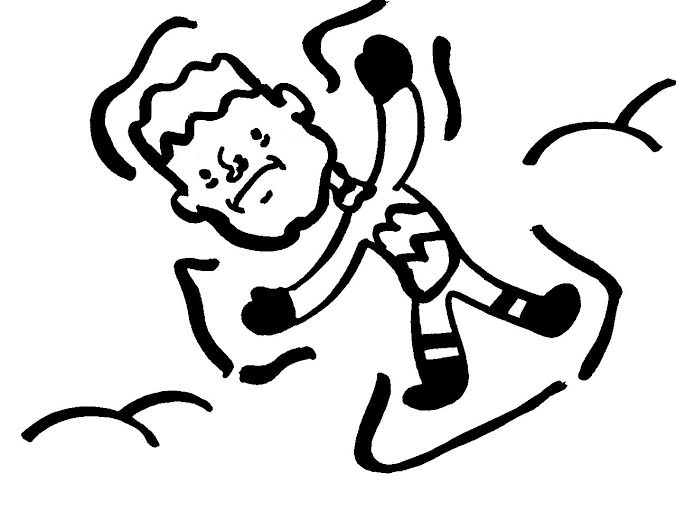After much anticipation, the Olympics is finally here, and Russia has the world’s undivided attention.
Sports from figure skating to skeleton are being televised, attracting fans to multiple different channels to watch the action even though they might not understand the origins of a lot of these sports. Oftentimes, American fans are left wondering how curling began, why people decided ski jumping would be a good sport, or, my personal favorite, who decided it would be a good idea to luge face first and rename it skeleton.
This may be the one time of the year when excessive TV watching is acceptable. Don’t be quick to change the channel if your favorite sport isn’t in the Olympics. Use this as an opportunity to educate yourself. Winter sports aren’t as popular in the United States as they are in other, snowier countries. This is part of the reason why we, as a country, haven’t won a Winter Olympics since 1932, when the games were hosted in Lake Placid, N.Y. For a country to win an Olympics, it needs to earn the most gold medals, according to the International Olympic Committee. The U.S. won the most medals for the first time ever in the 2010 Winter Olympics in Vancouver, but it was far from winning the most gold medals. We can only improve if we educate ourselves about these unique winter sports. So expand your horizons, and don’t change the channel until you know more. Here are a few sports that are often overlooked because of their peculiarity.
The World Curling Federation claims the “Roarin’ Game,” more commonly referred to as curling, is one of the oldest team sports that still exists. It is believed to have been established by the Scottish. Curling began on frozen lochs and ponds and was played with flat-bottomed river rocks with the thrower relying more on luck than skill because of the unpredictability of the stones. In Scotland, the weavers are said to have relaxed by playing curling matches with the heavy stone weights from their warp beams. As the Scottish immigrated all over the world, curling took up shop in whatever cold-weathered environment they moved to and earned its spot in the Winter Olympics in 1998.
Skeleton is another abnormal sport. Athletes race down a toboggan track face-first instead of feet-first, as they do in luge. It can be traced to two occurrences in Switzerland in 1882. Soldiers constructed a toboggan track between Davos and Klosters while in a nearby town, St. Moritz, men raced one another down the city’s winding streets. Soon after, Major William Bulpett endorsed the construction of Cresta Run, the first-ever sledding track of its kind, in St. Moritz, according to Olympic.org. Skeleton is based on a British sport called Cresta sledding, but differs because of the style of track. Skeleton uses the same tracks as luge and bobsledding, whereas Cresta sledding has specific tracks such as the one built in St. Moritz. Skeleton was officially added to the Olympic docket in 2002 at the Salt Lake City Olympics.
People commonly refer to athletes who compete in this last sport as “flying squirrels.” Ski jumping originated in Norway with Lt. Olaf Rye, the first known ski jumper, who launched himself 9.5 meters in 1809 for one of the first documented ski jumps, according to Olympic.org. Soon after, athletes began flying farther, but the reasoning behind ski jumping’s start is unknown. Competition ski jumping today is intricate with judges awarding points based on distance, style, inrun length and wind conditions. Skiers are targeting a “critical point,” or “K line,” to land on. They are deducted points for any deviation from the line’s center. Judges are also evaluating the skiers’ balance, body position and landing while adding or deducting points for different outdoor conditions that may affect flight. Though this sport is foreign to many Americans, ski jumping has been part of the Games since the first Winter Olympics in 1924.
Educating ourselves about these unique sports is the first step toward another Winter Olympics where Americans stand atop the podium.
Send your thoughts to Tyler at technician-viewpoint@ncsu.edu.











